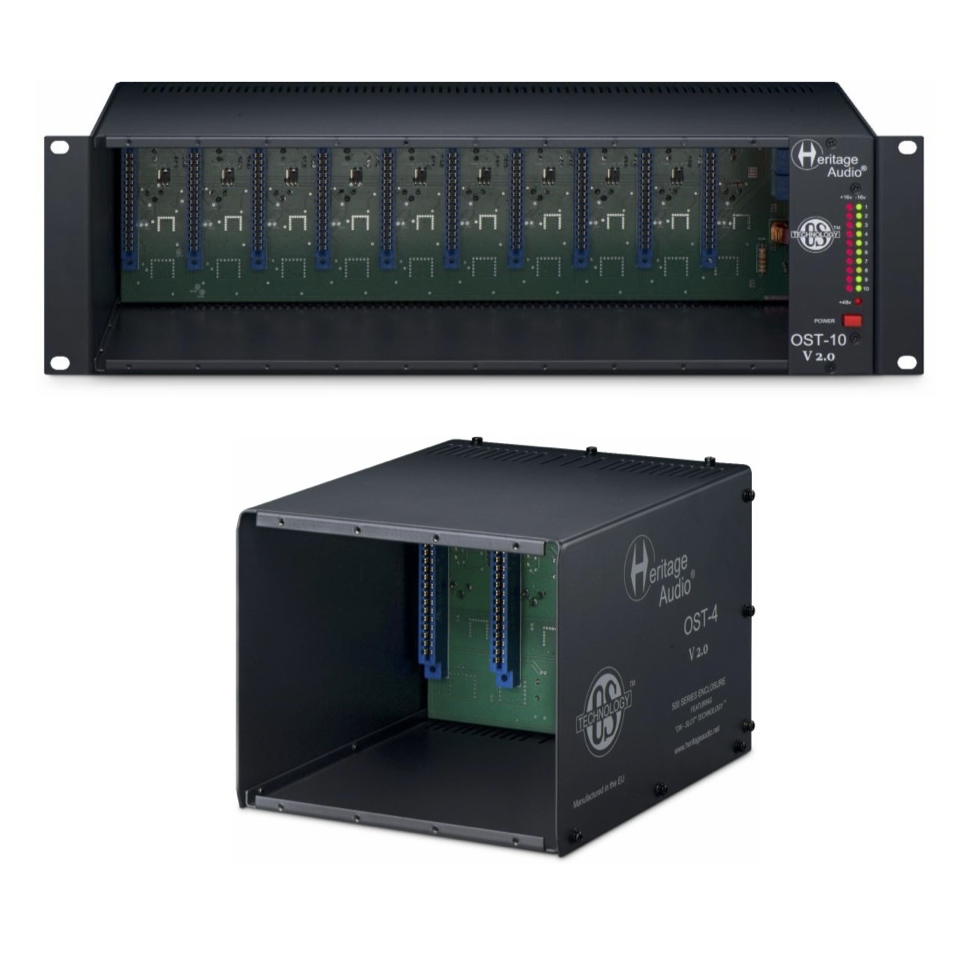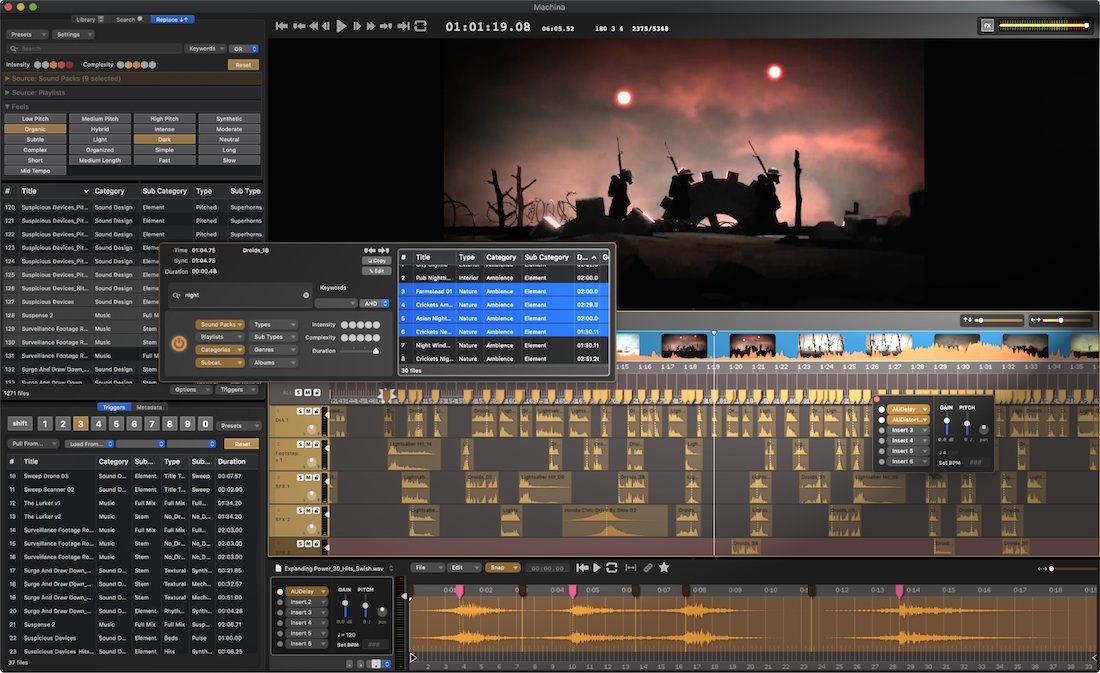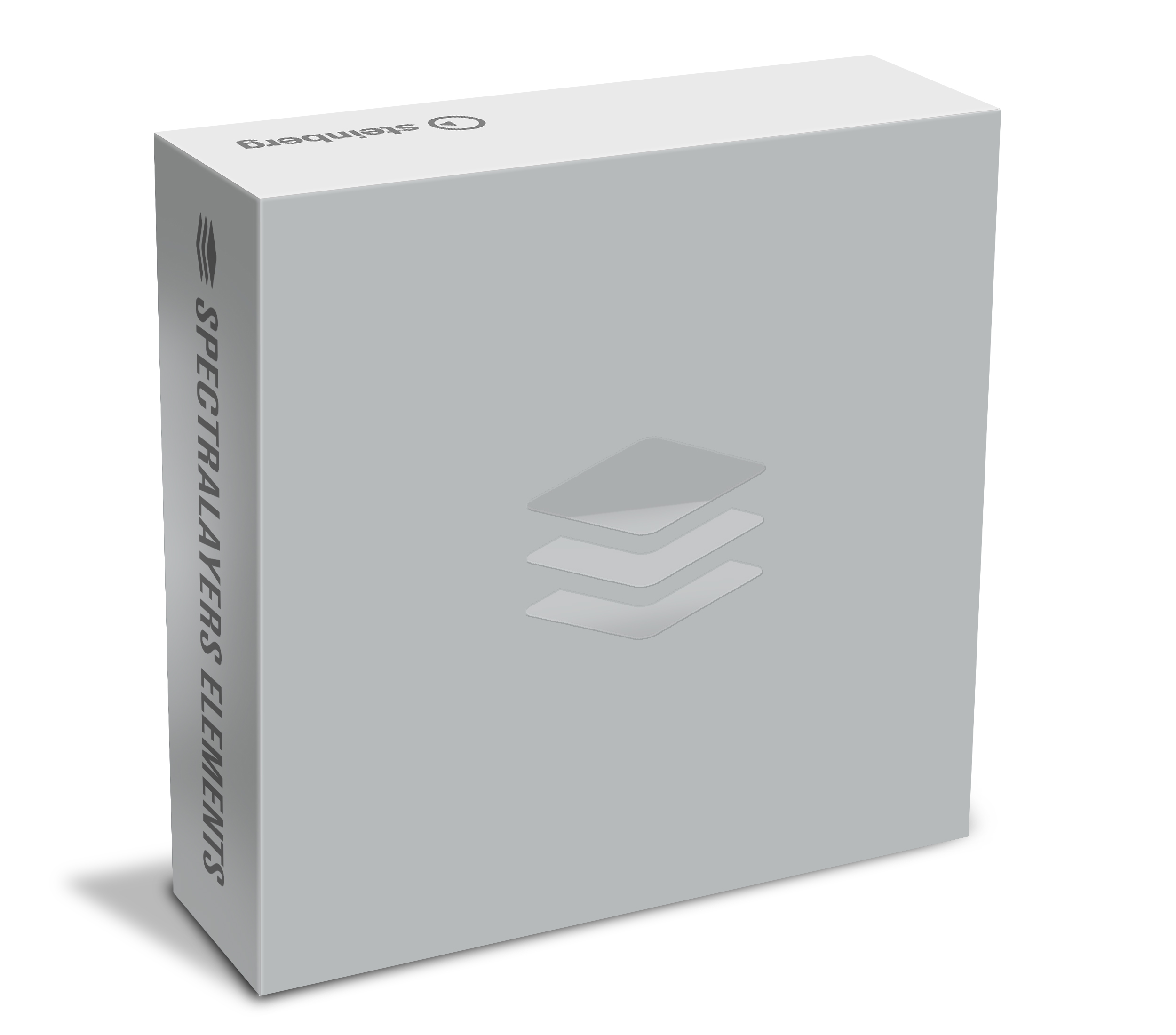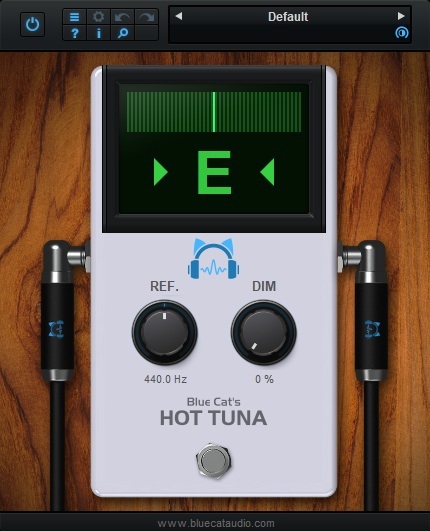New Gear Alert: 500 Series Enclosures by Heritage, SPL’s Mercury Mastering DAC, ‘Audio Design Desk’ DAW & More
Heritage Audio ships new 500 Series enclosures.
Heritage Audio is now shipping their 500 Series OST-4 and OCT-10 V2.0 enclosures; updated editions of their most affordable and portable, four-channel 500 Series enclosure and ten-channel rackmount enclosure.
New to the V2.0 model is the Link feature, which allows each channel to be linked to the next channel at the push of a button—no patch cables required! And of course, each channel still features the On Slot Technology used in all of Heritage Audio’s 500 Series enclosures, now almost three times as powerful as its predecessor.
With On Slot Technology (OST), each channel of the enclosure has its own power supply, independently regulated, filtered, and protected. This ensures the highest degree of isolation and consistency in performance.
For further information and pricing, click here.
SPL ships the Mercury Mastering DAC.
Mercury is a stereo digital to analog converter that fulfills the highest demands both technologically and tonally. It is the first Mastering DA converter designed in 120V rail technology.
The mandatory low-pass filters that immediately follow the DA converter’s analog output are built in 120V rail technology. The filters are each optimized for PCM and for DSD playback. SPL refers to them as DLP120, which stands for dual low-pass filters in 120V technology. DLP120 significantly increases the dynamic range and headroom beyond the current benchmarks.
A total of seven digital inputs, two AES/EBU, two SPDIF, two TOSLINK, as well as USB, can be connected to Mercury. Conversion is designed around AKM’s highly acclaimed Velvet-Sound converter technology that sports sampling rates of up to 768 kHz, 32-bit and Direct Stream Digital up to DSD4. Mercury provides two sets of analog stereo outputs, one of which is fixed and can be calibrated to all common reference levels; the other provides an analog controllable output level, which makes Mercury a state-of-the-art monitor controller as well.
The Mercury DAC is available now, priced at $2,999.
Meet add.app, a new take on DAWs.
Audio Design Desk is an entirely new breed of Digital Audio Workstation that uses AI-assisted content creation tools to enable filmmakers, editors, sound designers, and creators to produce cinema-quality sound in seconds; it has made its official debut in the media and entertainment market.
An audio design app that comes with more than 20,000 sounds, add.app completely transforms the process of adding music and sound effects to picture, cutting down what can typically be a full day project to just a few minutes.
Using patent-pending Sonic Intelligence, every sound in the add.app library is assigned identifying characteristics and carries an embedded sync point, which means that as sounds are previewed and chosen, they automatically land on the timeline in the exact right position relative to the video. You can simply import a video file into the app and presses keys on your keyboard: H for hits, R for rises, D for drones, and so on—making it a Smart Sampler. You can then strike the keys to position sound elements in real-time while watching the video playback—in effect, using the QWERTY keyboard to play add.app like an instrument.
If you would rather select audio manually, add.app can search, audition, and place sounds right from the timeline, completely eliminating the need to parse through libraries, import sounds, and then find where they sync.
For a 30-day free trial of add.app, click here.
Steinberg releases SpectraLayers Elements 6.
Steinberg has launched SpectraLayers Elements 6, a streamlined version that comprises a simplified audio spectrum editing system with fewer tools, processing capabilities, and parameters than the existing Pro edition.
Key features of SpectraLayers Elements 6 include surgical and intuitive spectral editing with 16 real-time tools, an advanced selection engine, selection-based effects, tracks/regions/clips separated as Layers, ARA 2 and AAX compatibility, integration of other audio editors, 2D and 3D visualization of the Spectrogram, native restoration effects and spectral noise reduction, and more.
For further information and pricing on SpectraLayers Elements 6, click here.
Blue Cat Audio announces the Hot Tuna tuner plugin.
Hot Tuna is an affordable yet powerful high-precision tuner that is available as an independent plugin or as a built-in effect with the new Axiom 1.4.
Hot Tuna features a control to dim or mute the signal, gives the ability to adjust the reference frequency from 430 to 450 Hz, and offers background processing—not impacting real time audio whatsoever.
For further information about Hot Tuna, click here.
Please note: When you buy products through links on this page, we may earn an affiliate commission.












[…] New to the V2.0 model is the Link feature, which allows each channel Read more… […]